Wa Tech => SCADA & PLC - Wa Tech WLL => Electromechanical Works O&M
Plants / Facilities
SCADA PLC
We, the Wa Tech WLL, and our Partner Companies offer you the fully range of
=> Automation is done in all fields:
Moeller AEG SchneiderSiemens (main)
Simatic S5 Simatic S7 Simatic NET Simatic HMI
=> Process Control ( SCADA ):
Moeller AEG SchneiderSiemens (main)
IST, Iltis Siemens, WIN-CC Siemens, PCS7 Schraml, Aquasys
Videc, Acron Eudig, IMS Wonderware, Intouch
=> Telecontrol Technic
remote control technology for all possible transmissionis remote control units with mixed transmission paths have also been implemented several times
Ethernet via copper cable or fiber optic
Internet via DSL, GPRS, UMTS or Sattelite
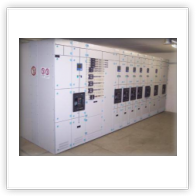
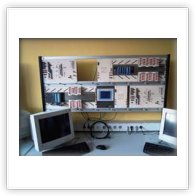
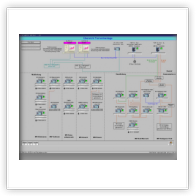
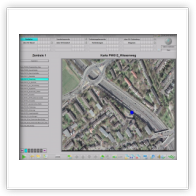
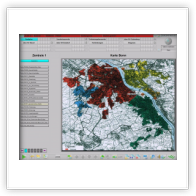
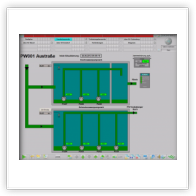
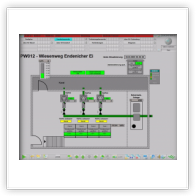
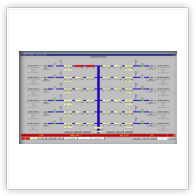
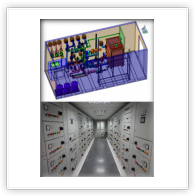
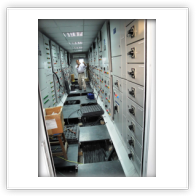
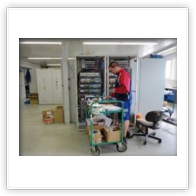
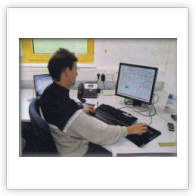
Supervisory Control and Data Acquisition (SCADA)
Supervisory Control and Data Acquisition (SCADA) is the process of monitoring and controlling technical processes using a computer system.
A Programmable Logic Controller (PLC) is a device used to control or regulate a machine or plant and programmed on a digital basis.
In the simplest case, a PLC has inputs, outputs, an operating system and an interface via which the user program can be loaded. The user program defines how the outputs are to be switched depending on the inputs.
The operating system ensures that the current status of the encoder is always available to the user program. Based on this information, the user program can switch the outputs so that the machine or plant functions as intended.
The PLC is connected to the machine or system using sensors and actuators. There are also status indicators. The sensors are connected to the inputs of the PLC and communicate the events in the machine or system to the PLC. Examples of sensors are e.g. include pushbuttons, photoelectric sensors, incremental encoders, limit switches or even temperature sensors, level sensors, etc. The actuators are connected to the outputs of the PLC and offer the option of controlling the machine or system. Examples of actuators are contactors for switching on electric motors, electrical valves for hydraulics or compressed air, but also modules for motion control (motion control, stepper motor controls).
The PLC is connected to the machine or system using sensors and actuators. There are also status indicators. The sensors are connected to the inputs of the PLC and communicate the events in the machine or system to the PLC. Examples of sensors are e.g. include pushbuttons, photoelectric sensors, incremental encoders, limit switches or even temperature sensors, level sensors, etc. The actuators are connected to the outputs of the PLC and offer the option of controlling the machine or system. Examples of actuators are contactors for switching on electric motors, electrical valves for hydraulics or compressed air, but also modules for motion control (motion control, stepper motor controls).
Process Visualization in Process Engineering
In automation technology, you are dealing with numerous variables that are measured or calculated. Often these are physical quantities such as quantity, temperature, saturation of force, speed, current, pressure, etc.
These quantities are dynamically represented in the production area by a process visualization, either as text / table or graphically. Using input fields (switch, keyboard, touch-sensitive screen), the operator can intervene in the process to change states or setpoints individually or to administer them by prescription.
Process visualizations have to be adapted to the respective plant and the respective process. The individual masks of the visualization are designed using graphical design tools. The programming of the logic within the process visualization can also be performed visually or with conventional programming with source code. Conventional programming has more flexibility than visual programming, which may provide the developer with more convenience in simple problems, but requires the developer of the visualization to have at least basic programming skills. The boundaries between visual and conventional programming often blur, as the visual elements scripts or macros can be deposited or the source code is embedded within a framework.